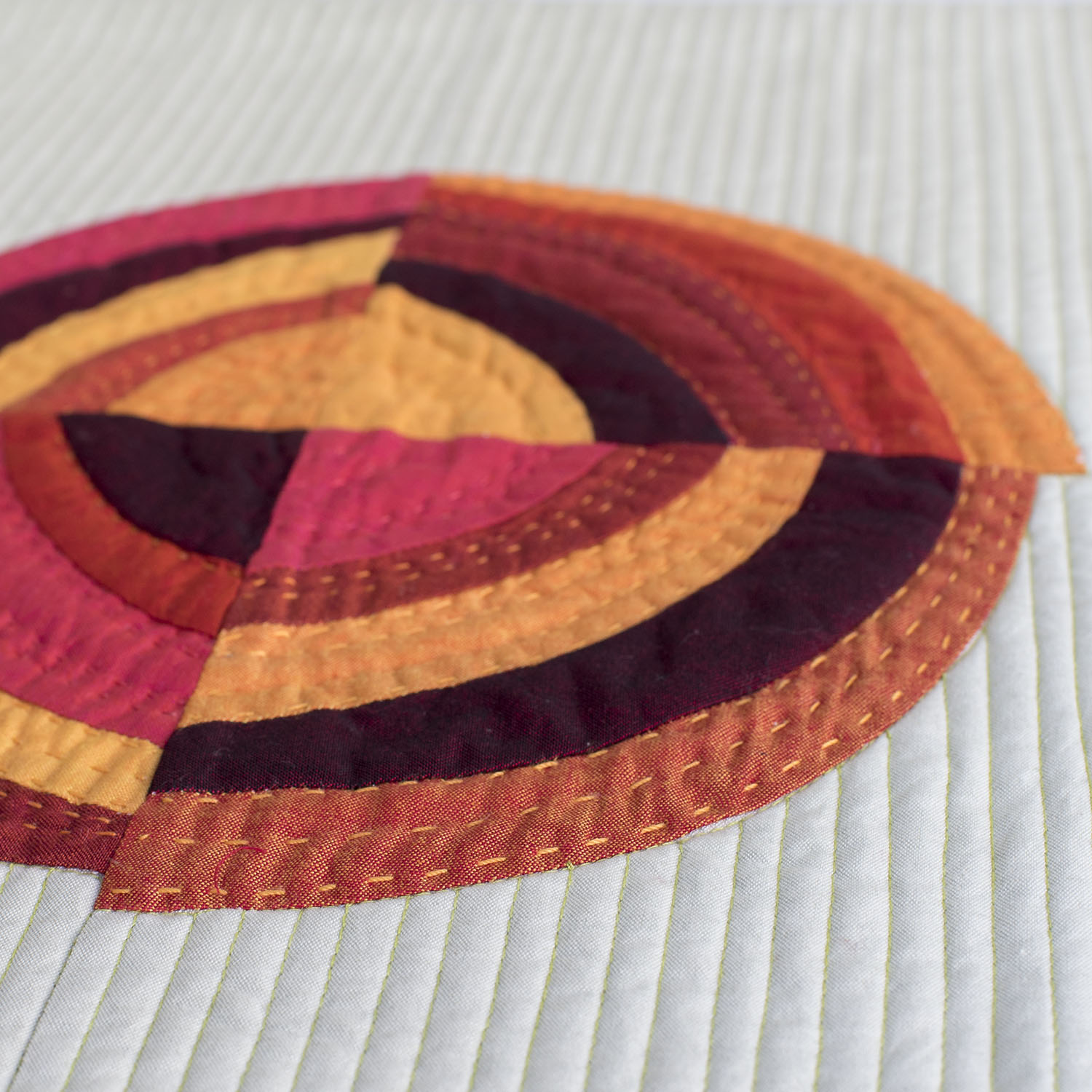If you have a friend or family member who is experiencing abuse here are some things you can do to help. The most important thing to remember is that the choice to leave or not is theirs. You can't make them leave a bad situation but you can be supportive and helpful in their choice. They will need someone they can count on when/if they do decide to end or leave the abusive relationship.
Domestic Violence knows no boundaries when it comes to race/gender/sexuality/age/socioeconomic status/geographic location/culture.
Remember, domestic abuse affects ten million people in the US every year. If you or someone you know is experiencing domestic abuse, please know that the folks at the National Domestic Violence Hotline (1 800 799 SAFE or thehotline.org) are ready to listen and support you, as well as refer you to a local program or organization. If you observe someone being abused, you can also call the hotline. A good samaritan call can save a life!
--
All of the quilts in the Domestic Abuse series so far can be viewed here.













































